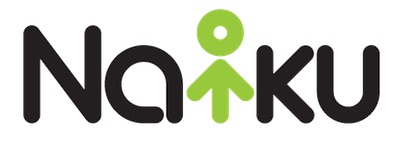![]() As you are aware, we released a series of interim or benchmark assessments called Benchmark Now!™ These assessments are designed to help teachers identify students’ math knowledge and skills as measured by the Common Core State Standards. The purpose of benchmark assessments is to provide information on group of students and identify where students are with respect to achievement of the Common Core State Standards to date.
As you are aware, we released a series of interim or benchmark assessments called Benchmark Now!™ These assessments are designed to help teachers identify students’ math knowledge and skills as measured by the Common Core State Standards. The purpose of benchmark assessments is to provide information on group of students and identify where students are with respect to achievement of the Common Core State Standards to date.
Benchmark Now! assessments are well suited to be given at the beginning of the school year. It is important to take this time at the start of the school year to gather information about what your students know and don’t quite yet know. In 6-9 week cycles, it is also important to give the Benchmark Now! assessments again to your students to see the progress they have made.
In a graduate course that I teach on Assessment Theory and Practice, I have often used the textbook Educational Assessment of Students by Nitko and Brookhart. I turn to these wonderful educational researchers again to summarize the appropriate uses within the classroom of the results that you can get from the Benchmark Now! assessments.
1. Describe the educational levels of each student. Use the information provided by Benchmark Now! assessments about the differences among your students to help you modify or adapt your teaching to accommodate individual students’ needs.
2. Describe specific qualitative strengths and weaknesses in students. Use the information to remediate deficiencies and capitalize on strengths.
3. Describe the extent to which a student has achieved the prerequisites needed to go on to new or advanced learning. Combine the information with the student’s other classroom performance to make recommendations for placement.
4. Describe commonalities among students. Use the automatic grouping of students into proficiency levels provided in the Class Results report for efficient instruction.
5. Describe students’ achievement of specific learning targets. Use the information provided by standards to make immediate teaching changes.
6. Provide students and parents with feedback about students’ progress toward learning goals. Use the information to establish a plan to share with parents so that you both can work together to help the student meet the learning goals.
It is important to remember that no single source of information about a student is entirely valid. Combine the results of the Benchmark Now! assessments with results from assessments that you’ve developed and with your own observations of the student to help guide you in providing the best instruction for that student.

